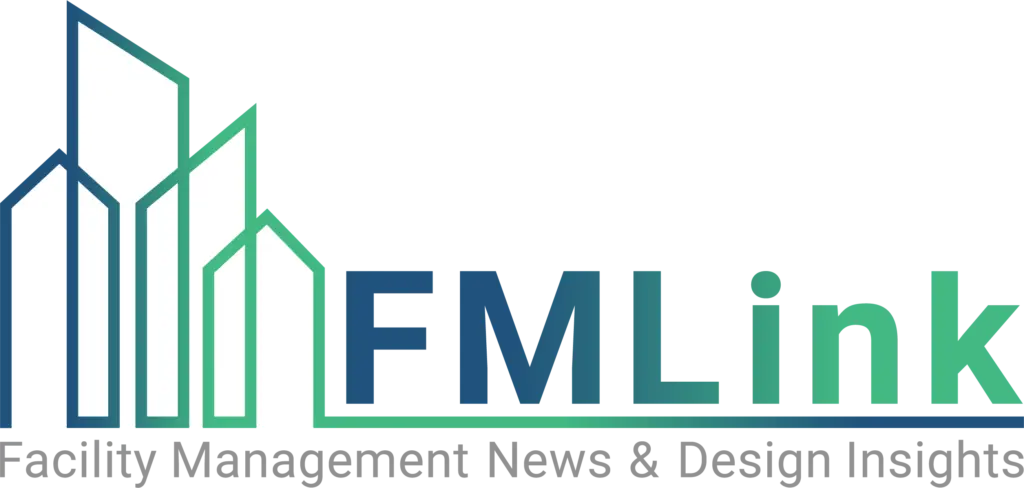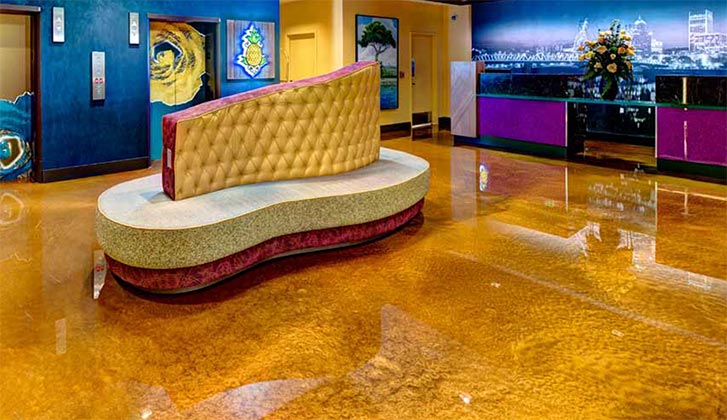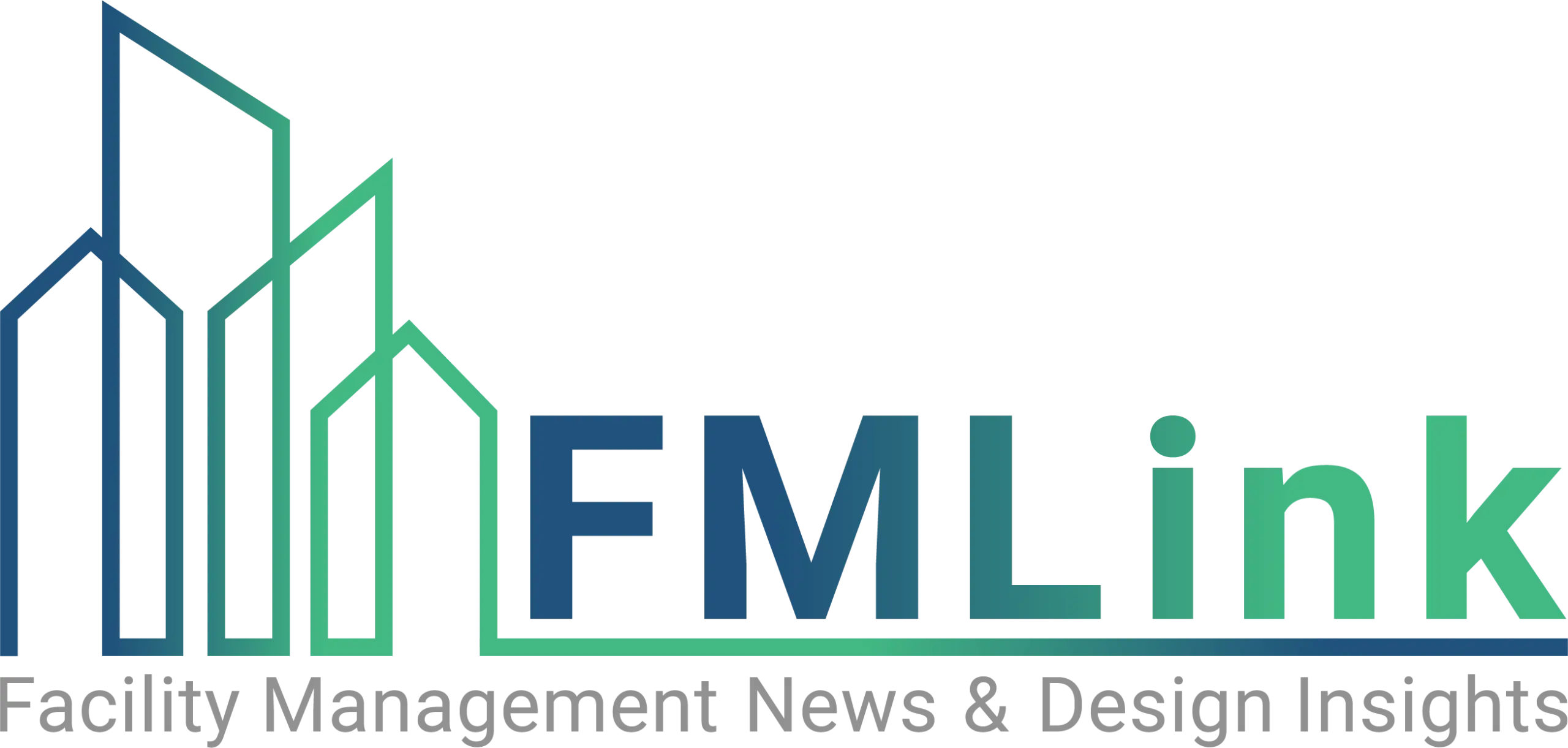Trouble call response time has been a benchmarking metric in all of our surveys for many years. Do you know what your response time is for “trouble calls” or “emergent” work? It is an important metric in any facility organization and many of our clients have made it a key performance indicator for their maintenance organization.
Step 1 — Ask the appropriate questions, keep it as simple, and make it as clear as possible…

Trouble Call (Emergent work) Cycle Time Process…
| D6. Initial Response – Indicate average response time between when the request is received by person or machine (e.g., from the web or voice mail) to the time a response is given to the customer acknowledging their request for service has been received which may include quoting a completion time or date. Requests received after work hours not considered received until next day unless system accommodates through automation. (Minutes) | |
| D7. Trouble Call Cycle Time – Indicate the average response time between initial response (D16) to completing the required maintenance. (Use 7 X 24 hours). (Hours) |
Step 2 — Analyze the responses…
As you might expect, there are considerable variations in the way organizations respond to trouble calls. The range for the 2006 FMRT Benchmarking survey FOR INITIAL RESPONSE was from 1 minute to 70 minutes with a median response of 24 minutes. What is interesting is that the median value hasn’t changed much over the years we have been running the survey… it has been between 23 and 25 min for the past few years. However, the 1st quartile value continues to drop. In 2005 the first quartile response time was 8 minutes. This year the first quartile response time performance was 6.5 minutes a reduction in response time of almost 20 percent for the 1st quartile performers.
If you’re looking to improve customer satisfaction ratings or the overall perception of your organization this can be an excellent place to start. Note carefully the definition described in D6 above… no work is performed in this step… you simply acknowledge that you have received the customer’s request.
Question D7 however measures how long it takes the work that was requested to be completed. The range for the 2006 FMRT Benchmarking survey FOR TROUBLE CALL COMPLETION TIMES ranged from 1 hours to 72 hours with a median completion time of 24 hours. The median was unchanged from 2005. However the 1st quartile response time dropped from 7.2 hours in 2005 to 6.5 hours in 2006 or about a 10 percent improvement for the 1st quartile group.
These metrics say a lot about the customer service attitude of your organization. What is important is…
- that it is tracked
- targets are established for the workforce, and
- your customers / occupants have an understanding of what can be expected when they call or email you for a service request
What Works:
- Many of our best performing organizations have established targets or standards and measure their performance against these targets on a weekly or monthly basis
- Communicate with the workforce and call center how important it is to customer satisfaction to acknowledge each request within the agreed to standard or objective it is after all how you would like to be treated when you bring your car in for service or call in for any issue to your service providers.
Step 3 — Using This Information…
You should review your initial response times and completion rate times to see how they compare with these metrics. After completing your review, establish standards and set goals for your organization that are realistic but challenging.
Metrics from the Facility Managers Round Table (FMRT)
In 2006 there were 90 unique sites in the FMRT with a median size of about 1,400,000 million square feet. See the chart below to see how the group looked by industry type.

Space Metrics
- Space Utilization 430 Gross Square Feet per Occupant
- Cost Metrics
- Utilities $2.17 / GSF
- Custodial $1.33 / Cleanable SF
- Maintenance $1.69 / GSF
- Parking and Paving $1529 / Acre
- Groundskeeping $3405 / Acre
- Security $0.73 / GSF
- Mail Services $0.22 / GSF
- Environmental Health and Safety $0.35 / GSF
- Fixed Costs (Includes: Building, Leasehold Improvements, Furniture/Equipment) $ 3.71 / GSF
Move / Churn Cost Metrics
- Box Move Costs $317 / Person Moved
Customer Satisfaction
- Satisfaction With Overall Facilities Services 3.80 on a 1 to 5 scale




